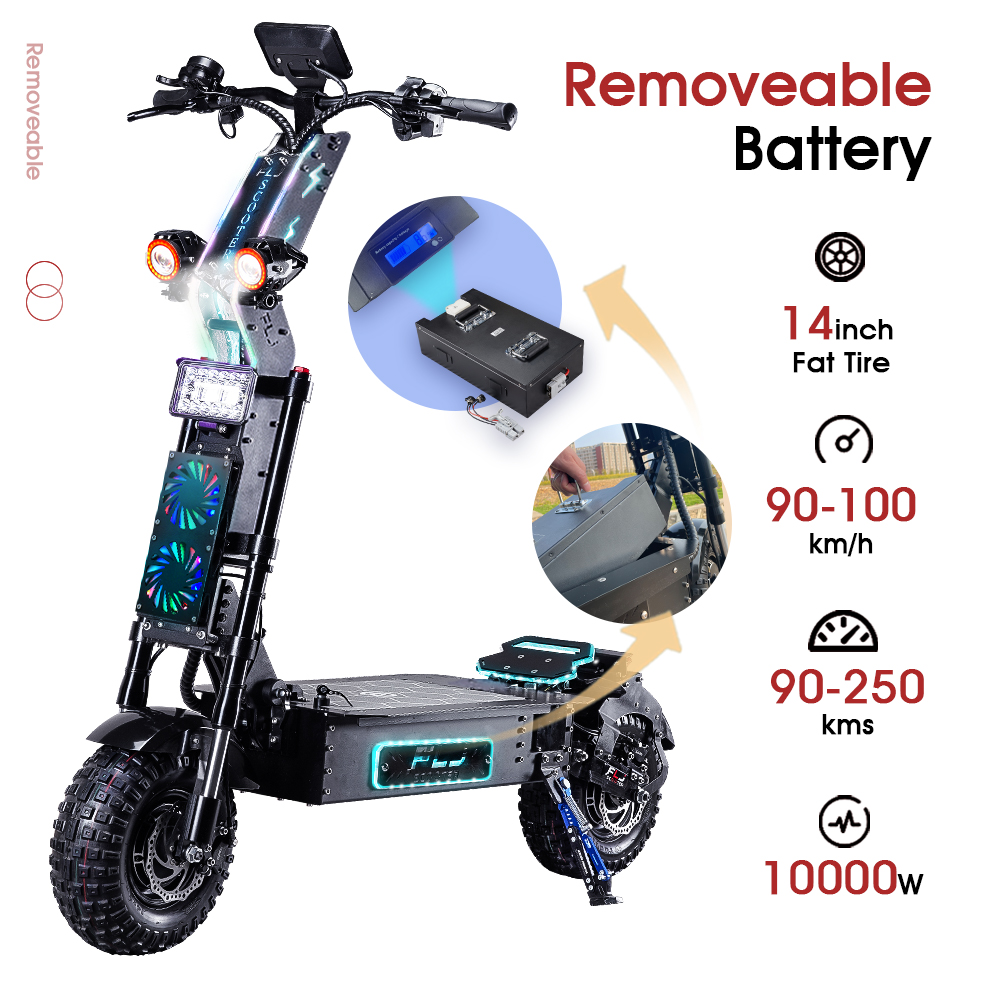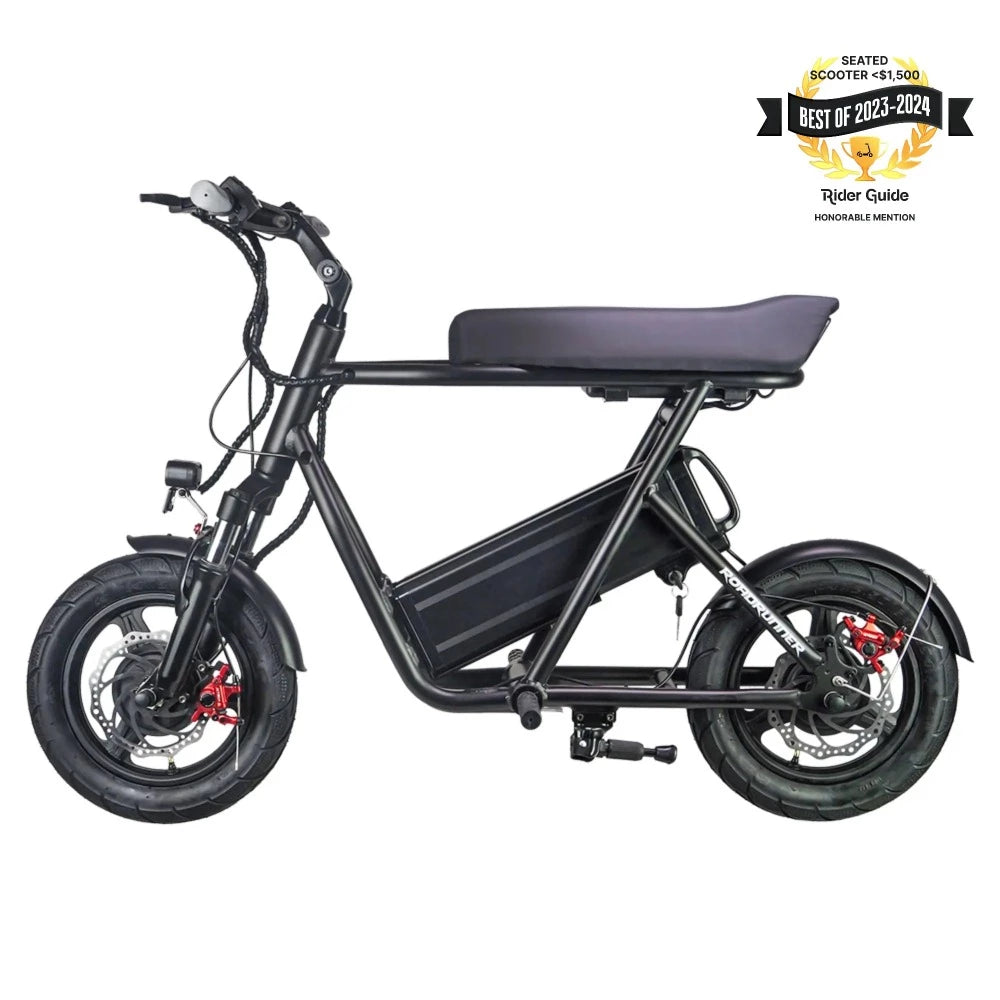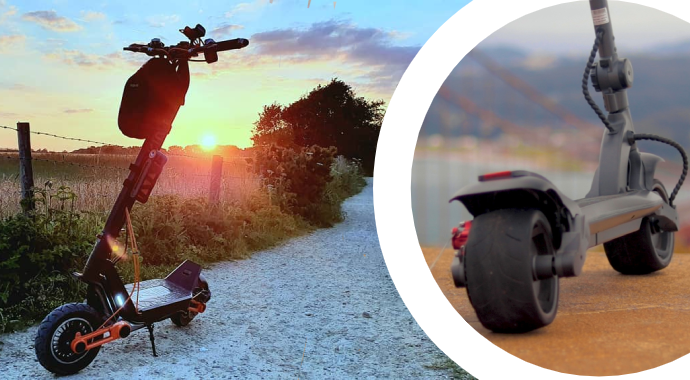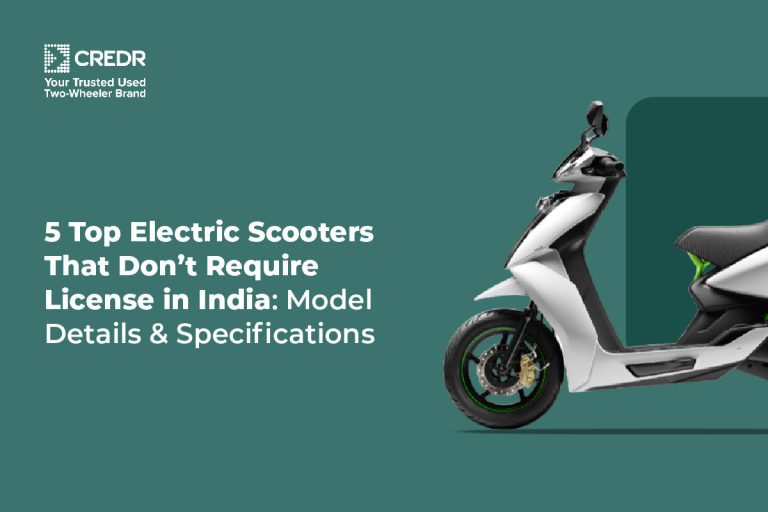Which Motor is Best for Electric Scooter

The best motor for an electric scooter is a brushless DC motor (BLDC) due to its efficiency and reliability. BLDC motors provide a smooth and powerful ride.
Electric scooters have surged in popularity as eco-friendly transportation options. Choosing the right motor is crucial for performance and durability. Brushless DC motors, or BLDC motors, are highly efficient, offering excellent power output and minimal maintenance. They are more reliable and have a longer lifespan than brushed motors.
The efficiency of BLDC motors helps extend battery life, giving riders more range per charge. This makes them ideal for daily commuting and recreational use. Investing in a scooter with a BLDC motor ensures a smoother and more enjoyable ride.
Introduction To Electric Scooter Motors
Choosing the best motor for an electric scooter depends on power, efficiency, and rider needs. Brushless DC motors often provide superior performance and longevity.
Evolution Of E-scooter Motors
E-scooter motors have come a long way. Early models were heavy and slow. Modern motors are lightweight and powerful. Brushless motors are now the standard. They are more efficient and durable. Electric scooters are now faster and go longer distances.
Importance Of Motor Selection
Choosing the right motor is crucial. A good motor gives better performance. It provides a smoother ride and uses less battery. The motor affects speed and range. It also impacts the scooter’s lifespan. Always check motor power and efficiency. These factors are key to a good ride.
Types Of Motors Used In E-scooters
Brushed motors have been used for a long time. They are cheaper and simple. But they wear out faster. Brushless motors are more modern. They last longer and need less care. Brushless motors are quieter and more efficient. They also offer better performance. Most new e-scooters use brushless motors. The cost is higher, but it’s worth it.
Hub motors are located inside the wheel. They are quiet and need less maintenance. Hub motors are easy to install and use. Chain drive motors use a chain to drive the wheel. They offer more torque and power. Chain drive motors are great for climbing hills. But they are noisier and need more care. Choose based on your needs and budget.
Key Motor Specifications Explained
The power rating of a motor tells how much energy it can produce. Higher power means the scooter can go faster and handle more weight. Most electric scooters have motors ranging from 250W to 1000W. For daily use, a 250W motor is often enough. For hilly areas, choose a 500W or higher motor. The power rating affects the battery life. Higher power motors use more battery.
Torque is important for acceleration and climbing hills. Higher torque means better performance on slopes. Speed depends on the motor’s RPM (Revolutions Per Minute). Motors with higher RPMs can make the scooter go faster. Balance between torque and speed is key. For city rides, a motor with good torque and moderate speed is ideal.
Hub Motors: Pros And Cons
Hub motors are often quieter than other types. They require less maintenance due to fewer moving parts. Installing hub motors is usually easier. They provide better torque at low speeds. This makes them great for city riding. Hub motors also allow for regenerative braking, which can extend battery life. Many riders enjoy the smooth and quiet ride they offer.
Hub motors can be heavier than other options. This may affect the scooter’s overall weight. They often have lower top speeds compared to other motors. Hub motors can also overheat when used for long periods. Some riders find the ride less smooth on rough roads. Battery life may be shorter because of the extra weight. Hub motors are also more expensive to replace if they break.
Chain Drive Motors: Pros And Cons
Chain drive systems are very efficient. They provide a strong connection between the motor and wheels. This results in better performance and speed. They are durable and can handle heavy loads well. Chain drives are also easier to repair and maintain.
Chain drive systems can be noisy. They need regular maintenance to keep them working well. Chains can also become loose over time. They might need adjustments or replacements. Chains are also heavier compared to other drive systems.

Credit: www.amazon.com
Comparing Motor Durability And Maintenance
Brushless motors usually last longer. They can run for about 10,000 miles. Brushed motors have a shorter life. They often need replacement after 2,000 miles. Gearless hub motors also last long. They have fewer moving parts, reducing wear and tear. Regular maintenance can extend motor life.
Keep your motor clean. Dirt can damage it. Check for loose wires often. Tighten them if needed. Lubricate moving parts every few months. This helps them run smoothly. Avoid water exposure. Water can harm electric parts. Store your scooter in a dry place.
Impact Of Motor Choice On Battery Life
Choosing the right motor can greatly affect battery life. A brushless motor is more efficient and uses less power. This means the battery lasts longer. On the other hand, a brushed motor is less efficient and uses more power. This drains the battery faster. Selecting a motor with the right power rating is also important. A motor with too high power can drain the battery quickly.
To maximize range, a high-efficiency motor is crucial. Smaller motors can help in saving battery power. A motor with variable speed settings can also help. It allows the rider to use less power when not needed. Choosing a motor with the right torque can also extend battery life. High torque motors use more power, reducing the range.

Credit: www.voromotors.com
Real-world Performance: Case Studies
Many users prefer brushless motors. They provide smooth rides and efficient power usage. Some riders enjoy hub motors for their quiet operation. These motors also require less maintenance. Belt-driven motors offer better torque but can be noisy. They need regular adjustments. Each motor type has unique benefits and challenges. Riders must consider their personal needs and riding habits.
Brushless motors perform well in cities. They handle stop-and-go traffic efficiently. Hub motors excel on smooth pavements and in quiet zones. Belt-driven motors are great for steep hills. They provide extra climbing power. Urban riders often face varying terrain. Each motor type offers distinct advantages. Choosing the right motor depends on specific urban needs.
Choosing The Best Motor For Your Needs
Motor power affects speed and performance. Battery life impacts how far you can travel. Weight capacity determines if it can carry you. Durability is important for long-term use. Cost should match your budget. Noise level matters for a quiet ride. Maintenance needs should be low. Brand reputation can indicate quality. These factors help you choose the best motor.
| Motor | Power (Watts) | Battery Life (Hours) | Weight Capacity (kg) | Noise Level | Cost ($) |
|---|---|---|---|---|---|
| Motor A | 500 | 3 | 100 | Low | 300 |
| Motor B | 700 | 4 | 120 | Medium | 450 |
| Motor C | 1000 | 5 | 150 | High | 600 |
Future Trends In E-scooter Motors
New motors are getting smaller and more powerful. These motors help e-scooters go faster. Brushless motors are becoming popular. They last longer and need less care. High-efficiency motors save battery life. This means you can ride farther on one charge. Smart motors can talk to your phone. They give you information about your ride. Lightweight motors make scooters easy to carry. Waterproof motors are also becoming a trend. These motors can handle rain and puddles.
The next big thing could be solar-powered motors. These motors use the sun to charge. Magnetic motors might also be a hit. They use magnets to move. This means less wear and tear. Self-repairing motors can fix themselves. This tech could save you money. Eco-friendly motors are better for the planet. They produce less waste and pollution.

Credit: fluidfreeride.com
Conclusion
The best motor for an electric scooter combines high performance with efficiency. Brushless motors offer longer life and less maintenance. Hub motors provide a smooth and quiet ride. Belt-driven motors are powerful and reliable. Choose based on your needs for speed, range, and terrain. A good motor enhances the riding experience.


